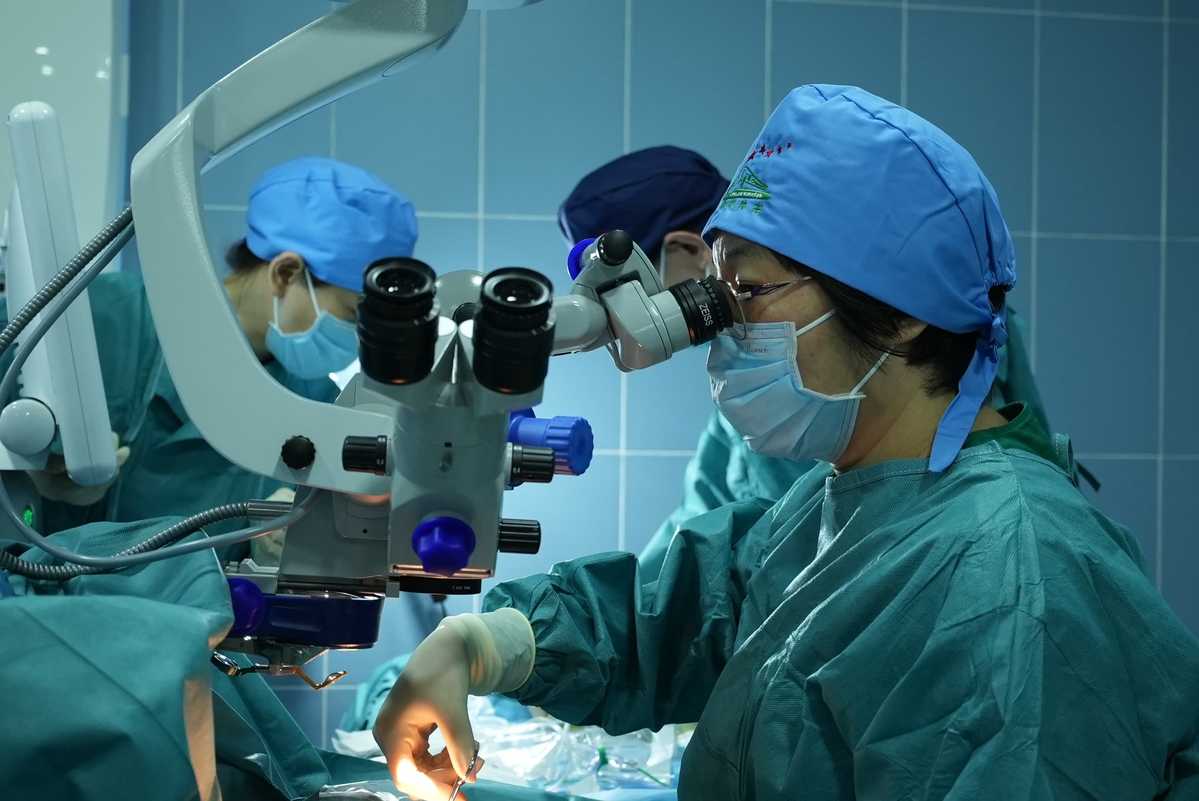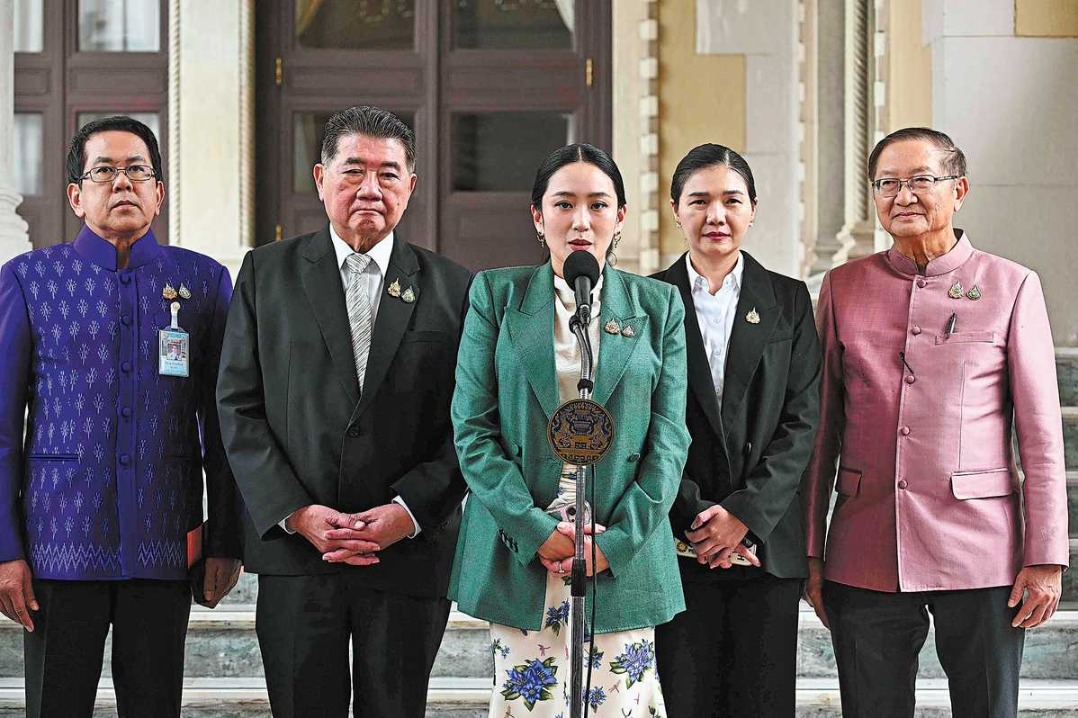China's Lifeline Express opens window of hope in Central Asia


Vitrectomy surgery involves removing vitreous gel for better access to the retina and replacing it with gas or liquids. It is used to treat a host of retinal conditions, including retinal detachment and diabetic retinopathy.
While cataract surgery typically focuses on the front part of the eyeball, vitrectomy cuts into the back segment that roughly makes up two-thirds of the eye.
Yu said her team donated a vitrectomy machine and a high-end surgical microscope to the center, and carried out four surgeries during their stay.
"These four patients were in different conditions. There was a nine-year-old boy who had been blinded for months by severe ocular trauma and an elderly patient with epiretinal membrane (a fibrous tissue layer forming on the retina's inner surface)," she said.
"All surgeries were successful. Due to their complex condition, it was impossible to completely recover their eyesight, which is possible with a regular cataract surgery. But they were all thrilled to be able to finally see again," she said.
Most gratifying for Yu was seeing the local doctors' growing enthusiasm for the technique.
"Tajik physicians had no experience with vitrectomy. They had a hard time screening for suitable patients and showed little interest at the beginning," she said.
"But after witnessing the marked improvement in the young boy's vision, their attitude changed immediately. They started referring potential patients and appeared eager to learn the technique," Yu added.
During the recent mission, Chinese doctors trained three local physicians in intravitreal injection techniques and supplied critical medications, establishing the groundwork for rolling out deeper training programs in the future, Yu said.
Due to the nation's location amid high mountain ranges and the lack of fresh vegetables in local diets, Yu said, there is a large number of diabetic retinopathy cases, creating an acute demand for vitrectomy services.
"Mastering vitrectomy requires plenty of practice and time, so we are actively developing future training opportunities," Yu said. "Medical science knows no borders and we aim to share our expertise to help more patients."

































